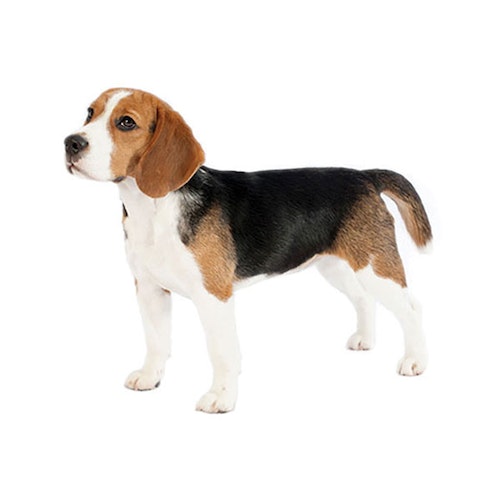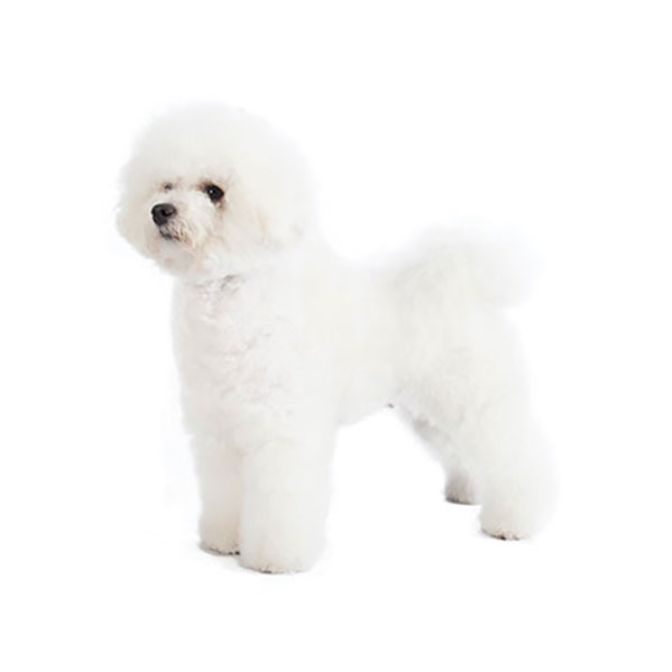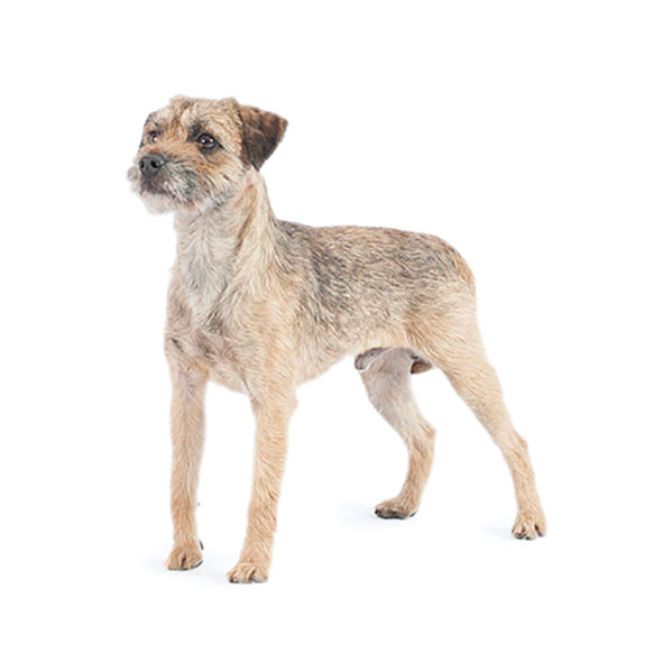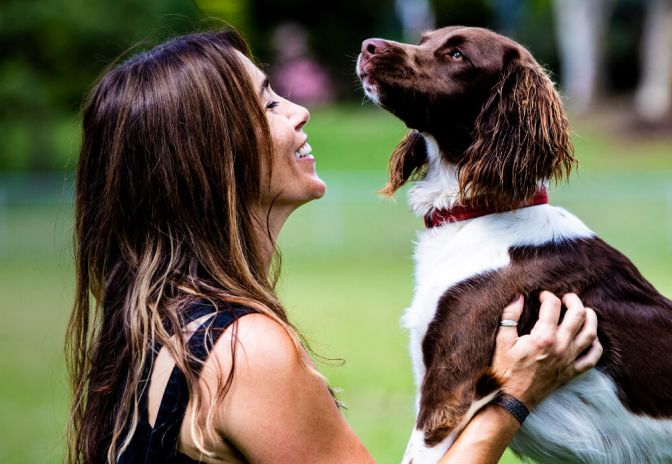Bedlington Terrier
Small
Medium
38 to 43cm tall.
Medium
8 to10 kg
Agility, Obedience, Rally Obedience, Conformation
In the home, the Bedlington would need to be trained to get along with cats and other pets. In terms of other dogs, there can be difficulties if the pack hierarchy is in question, but once the Bedlington establishes itself as dominant, there should be no more problems. Strangers will be announced and repelled if unwelcome, but once accepted into the house by the master, will be given a friendly reception. Bedlingtons do make good watchdogs, as they will be quite courageous once roused. In general, they will be fairly placid if they are receiving a regular amount of mental and physical stimulation. They can adapt to life in a flat if given adequate exercise. They are good with children. Generally, the Bedlington will bond strongly with one family member
Grooming can be somewhat demanding with the Bedlington. The coat should be brushed for about 5 minutes a day and a comb should be run through it at least once a week. About every two months, the dog will need a trim. This can be done by a professional groomer as it is an unusual cut. The other option is to learn the trim yourself from a breeder. Show grooming demands that there be no more than one inch of coat anywhere on the body so this would be even more time consuming.
Although the Bedlington has a decent life span of 12 - 16 years, it does have some hereditary health problems to contend with. The most studied is Copper Toxicosis (CT). Now, with DNA testing, both carriers and affected dogs can be identified and eliminated from breeding programs. Less serious diseases also afflict the Bedlington, such as Distichiasis. Imperforate Nasolacrimal Puncta is another eye disorder common in Bedlington Terriers.
Originally bred from a combination of local terriers with an outcross to whippets, this is a lean, racy and assertive terrier. Miners in the Rothbury area of Northumberland developed the breed sometime in the 18th century. It was not shown until 1869, but in the meantime developed a reputation as a killer of vermin, a poacher’s sidekick and a fighter. Alternate names it was known by are 'The Rothbury Terrier' and 'The Gypsy Dog', (due to its assistance with poaching.) Although now rarely called into the field, The Bedlington was an excellent hunter due to its acute sense of smell and hearing, as well as its speed and its ability to ‘go to ground.’ It was even known to take on badgers. In its other arena, dog fighting, Bedlingtons were known to fight to the death.
The Bedlington Terrier was popular with John D. Rockefeller and his family. The Bedlington, named “Timmie,” who won the 1948 Westminster Kennel Club Dog Show was owned by Rockefeller's grandnephew, William A. Rockefeller.





